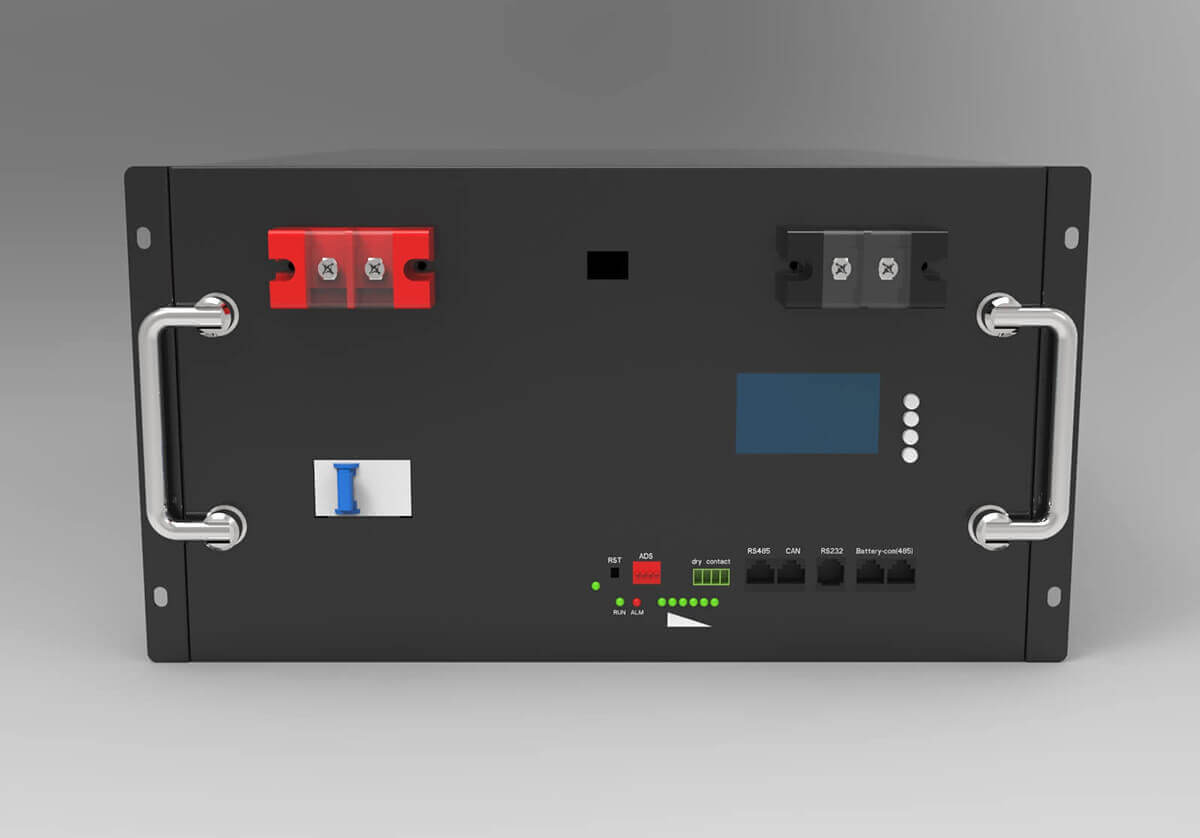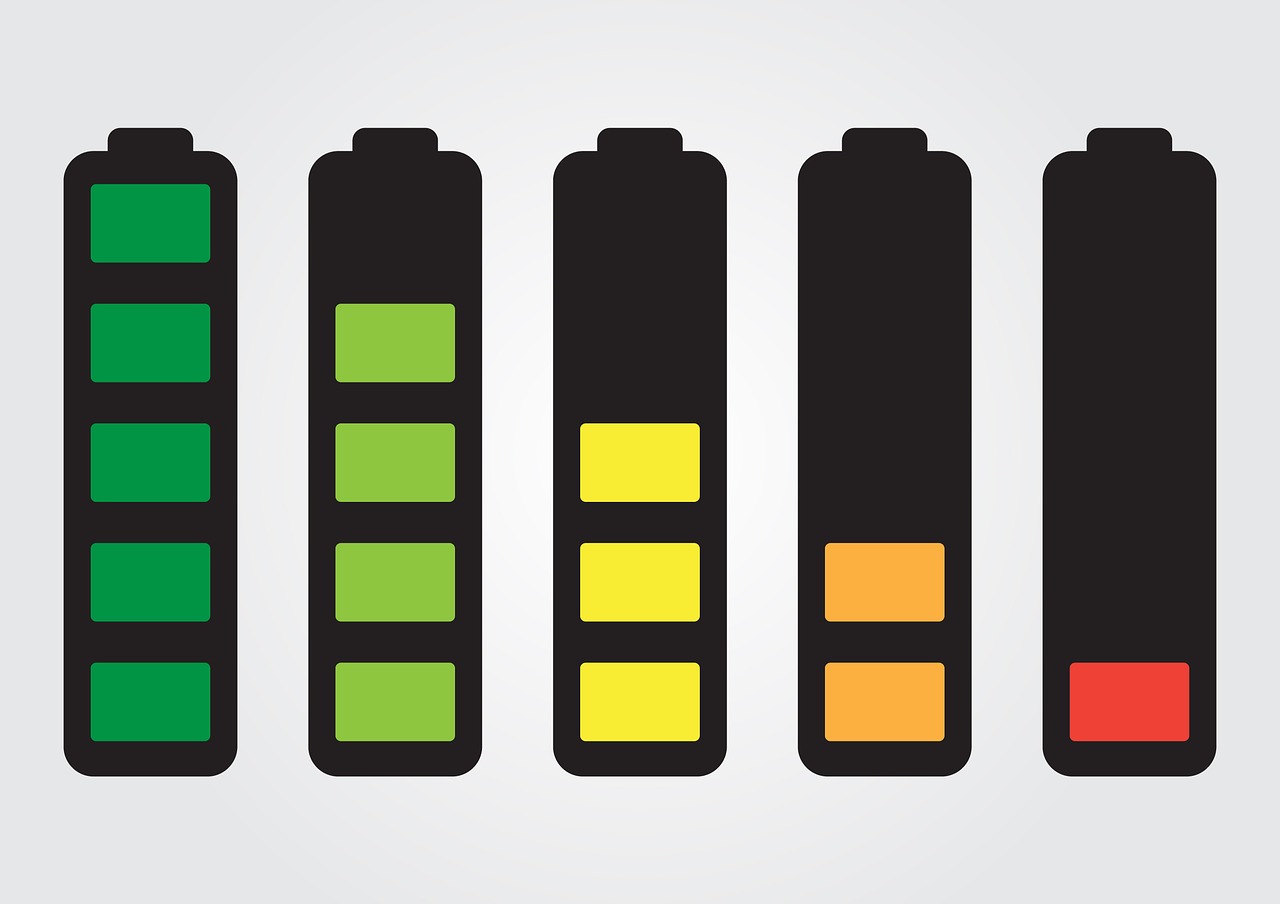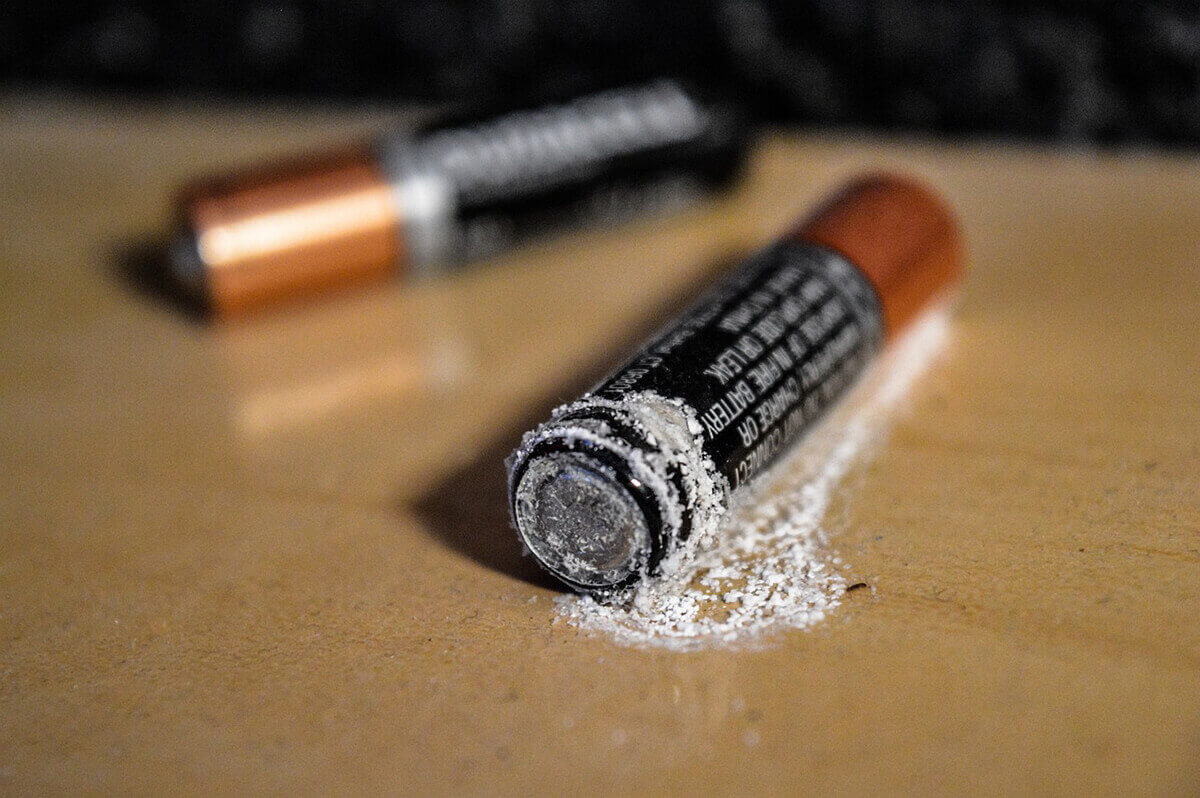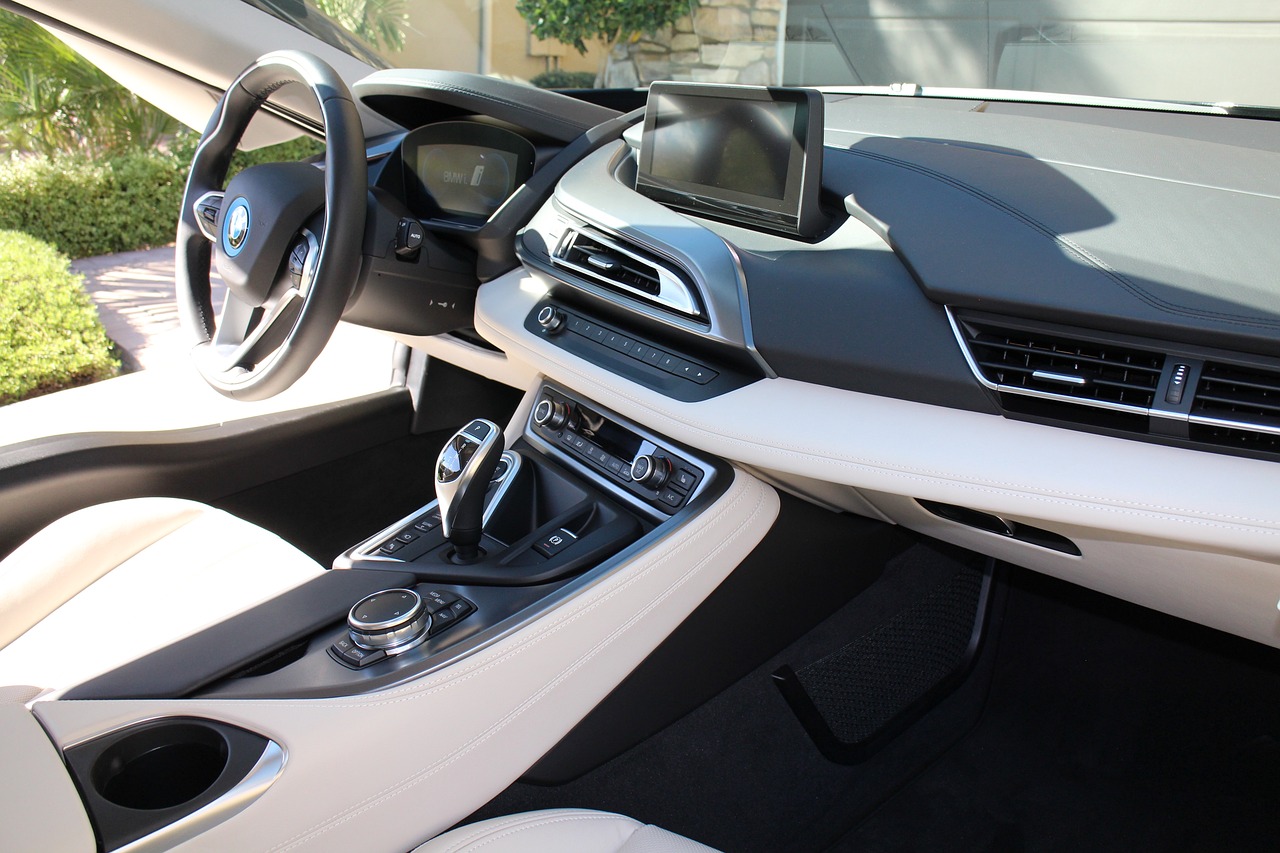Which is the Better Choice: Lifepo4 Battery or Gel Battery?

Battery technology has come a long way since the early days of traditional lead-acid batteries. In today’s market, two of the top contenders for energy storage applications are lithium iron phosphate (LiFePO4) and gel cell batteries.
Both offer distinct advantages that may be well-suited to different types of applications; however, each battery type also carries its own set of drawbacks. This article will compare LiFePO4 and Gel Cell batteries in terms of safety, cost-effectiveness, longevity, weight, size, and performance.
The Lithium Iron Phosphate (LiFePO4) battery is gaining traction as one of the most sought-after rechargeable technologies on the market due to its impressive combination of power density and safety features compared to other novel chemistries such as nickel metal hydride or lead acid systems.
Additionally, LiFePO4 cells contain far less hazardous materials than their counterparts making them more suitable for use indoors or in confined spaces where ventilation is limited.
Gel cell batteries have been around for decades and remain popular among many consumers due to their relatively low initial purchase price when compared to other technologies like LiFePO4.
These batteries typically consist of sealed flooded lead acid cells encased within a viscous gelling agent which prevents electrolyte spills even if the case is cracked open.
While these units often provide ample starting current for engine cranking and deep cycling capabilities they tend to suffer from reduced lifespans caused by sulfation build-up over time leading to decreased overall efficiency and higher replacement costs in the long run.
Definition Of Lifepo4 And Gel Batteries
Lithium iron phosphate (LiFePo4) and Gel batteries are two types of rechargeable batteries that have been used in a variety of applications, such as electric vehicles, home energy storage systems, and portable electronics.
LiFePo4 is the most commonly used lithium-ion battery due to its high energy density and long cycle life. On the other hand, Gel batteries are known for their robustness and ability to withstand extreme temperatures.
The main difference between LiFePo4 and Gel batteries lies in their chemistry: while LFPs use an intercalated lithium compound as the active material, gels employ lead-acid technology with sulfuric acid suspended in a thickening agent such as silica gel or bentonite clay. This makes them safe but also heavy compared to LFP cells, which can be significantly lighter than comparable lead-acid solutions.

In terms of performance, LiFePo4 batteries offer superior charge/discharge characteristics when compared to standard lead-acid models with similar capacity ratings. For example, they can typically achieve more than double the rate of discharge without experiencing thermal runaway, making them ideal for demanding applications where rapid charging and discharging cycles are required.
Additionally, LiFePo4 cells tend to have a greater depth of discharge (DOD), meaning they can be discharged further before needing recharging - up to 90% DOD versus 50% DOD typical on conventional lead-acid designs.
In summary, a key distinction between these two types of batteries is that LiFePO4 employs advanced lithium chemistry whereas Gel utilizes traditional lead-acid technology.
As such, it offers several advantages over Lead Acid including better power delivery capabilities at higher rates of discharge; lower weight per cell; longer service life; and improved deep cycling abilities resulting in increased total usable capacity over time.
Capacity And Weight Comparisons
Battery capacity and weight are two fundamental components that must be considered in any application. When comparing lifepo4 batteries to gel batteries, both technologies have compelling advantages and disadvantages in terms of their respective capacities and weights.
We can further compare their capacities and weights by analyzing their energy densities. Energy density refers to how much energy can be accommodated in a certain space or weight.
Typically lithium iron phosphate (lifepo4) batteries provide more power than their competitors, up to four times more power per kilogram than GEL batteries. This makes lifepo4 batteries ideal for applications where there are size or weight constraints, such as electric vehicles or portable medical equipment.
So if you are more looking to save space/weight then lifepo4 must be the best investment.
Cycle Life Comparisons
LiFePO4 and gel batteries are both rechargeable, with excellent cycle life characteristics.
LiFePO4 batteries have a longer expected cycle life than traditional lead acid battery types such as flooded or AGM batteries. This is due in part to their ability to withstand deep discharge cycles more effectively.
Gel batteries also have a superior cycle life compared to the other lead acid battery options because they are sealed and do not require any maintenance like refilling water levels or cleaning plates.
In terms of charge acceptance, LiFePo4 batteries can generally accept higher charge rates than gel batteries in most cases. And lifepo4 batteries tend to perform better when subjected to partial state-of-charge cycling, which allows for deeper discharges (50%-90%).

On the other hand, gel batteries with only 50% depth of discharge are better suited for applications requiring frequent charge or shallow discharge cycles.
All in all, understanding the differences between LiFePO4 and gel battery technologies can help determine which option will provide the greatest benefit based on individual needs and usage requirements. By pre-evaluating key performance factors such as cycle life and charge acceptance, users can ensure they are making an informed decision when selecting the appropriate battery solution for a specific use case scenario.
Discharge Rate Comparisons
An interesting statistic to consider when comparing the discharge rates of lifepo4 and gel batteries is that a single-celled, 12 Volt lithium-ion battery can deliver around 100 Amperes, while a gel battery only delivers around 25 Amperes. This comparison alone demonstrates how much more efficient and powerful lithium-ion batteries are compared to their lead-acid counterparts.
The discharge rate of a lifepo4 battery is significantly higher than that of a traditional lead acid or gel battery. Lifepo4 cells have an exceptionally low internal resistance, allowing them to continually deliver high amounts of current for long periods of time without experiencing any decrease in performance due to thermal runaway or voltage drop.
In addition, they also possess excellent charge acceptance characteristics, meaning that they can be recharged very quickly after heavy use of power output.
Overall, when it comes to discharging rate comparisons between lifepo4 and gel batteries, lithium-ion chemistry clearly offers superior performance over its competitors. Lithium-ion technology has enabled manufacturers to design products with extremely high energy density levels which greatly reduce weight and volume requirements while still providing reliable and sustained power delivery at maximum capacity.
As such, this advanced chemistry represents an ideal solution for many applications where size and weight restrictions need to be considered along with optimal performance demands.
Charge Rate Comparisons
Having discussed the discharge rates of lithium-ion and gel batteries, let's now look at their charge rate comparisons. Charge rates refer to the amount of current a battery can accept over time until it is fully charged. Both types of batteries have different charging characteristics that need to be considered when evaluating them against one another.
For example:
- LiFePO4 battery cells are capable of accepting higher currents than gel batteries due to their lower internal resistance. This allows for faster charge times while still maintaining excellent cycle life performance.
- Gel batteries require slower charges in order to protect the plates from sulfation, but they offer more amp-hours per pound than LiFePO4 cells do.
- The self-discharge rate for both types of batteries is also important to consider since this will affect how often you'll need to recharge them. LiFePO4 cells tend to have much lower self-discharge rates than gel batteries which means they won't lose as much energy over time if not used regularly.

To sum up, each type of battery has its own advantages and disadvantages when it comes to charging rate comparison depending on what your application requires most from them - either high amp hour delivery or fast charging capability with good cycle life performance. Therefore, careful consideration should be taken into account before making an informed decision about which type of battery would best suit your project needs:
- High Amp Hour Delivery - Gel Batteries
- Faster Charging Capability & Cycle Life Performance - LiFePo4 Batteries
- Lower Self Discharge Rate - LiFePo4 Batteries
- Greater Weight Per Capacity Ratio - Gel Batteries
When deciding between these two types of batteries, it is essential to understand the pros and cons associated with each option so that you can make the most appropriate choice based on your specific requirements and conditions.
Temperature Performance Comparisons
Temperature performance is an important factor when considering which battery technology to use in a given application. Lithium-ion batteries, such as lifepo4 and gel types, show differences in temperature performance that should be considered.
In general, lithium-ion batteries have higher discharge rates at lower temperatures than other battery technologies, making them ideal for cold-weather applications. However, they are also more sensitive to high-temperature environments than other battery technologies.
The lifepo4 battery has the advantage of being able to operate in extreme temperatures down to -20 degrees Celsius without significant loss of capacity or power output. This makes it well-suited for colder climates and applications where low temperatures may be encountered. The disadvantage of this type of battery is that it can only withstand temperatures up to 65 degrees Celsius before suffering from permanent damage and reduced efficiency.

Gel batteries on the other hand have a wider operating temperature range compared to LiFePO4 batteries; they can operate between -30°C and 80°C without any issues or risk of losing performance due to overheating.
Although the gel batteries cannot match the low-temperature capabilities of LiFePO4 cells, their ability to handle significantly hotter temperatures makes them better suited for some applications like solar energy storage systems located in hot desert regions.
Both lifepo4 and gel batteries offer good temperature performance overall but each has its own advantages depending on the climate and application requirements. It is ultimately up to the user's discretion which one will work best for their needs based upon the respective pros and cons discussed here regarding temperature performance comparisons between these two types of lithium-ion batteries.
Voltage Performance Comparisons
When comparing the voltage performance of lifepo4 batteries and gel batteries, there are several factors to consider. Most important is the rate at which a battery can deliver its stored energy when in use.
Lifepo4 batteries have consistently demonstrated superior performance over gel battery. This is due to their higher power density and lower internal resistance, allowing them to safely maintain high discharge currents for extended periods of time without overheating or damaging the cells. Additionally, they are able to provide sustained voltages while under heavy load conditions with minimal self-discharge rates.
Gel batteries, on the other hand, generally offer slightly less power output than that found in comparably sized lifepo4 cells. However, they typically have a much longer lifespan than traditional lead-acid varieties as well as being more resistant to physical damage caused by vibration and shock. Additionally, these types of batteries often require fewer maintenance intervals since they possess an exceptionally low self-discharge rate when not in use.
It should be noted that both technologies have distinct advantages depending on the application requirements and environmental conditions encountered during operation. As such, it is important to carefully evaluate each option before making a decision about which type of battery best suits your needs.
Safety Considerations
Battery technology is often a source of concern for those looking to power their devices. Battery safety concerns range from the risk of fire, thermal runaway and chemical leakage. As such, it is essential that any battery chosen meets strict safety standards. When comparing lifepo4 batteries and gel batteries in terms of safety considerations, there are some key differences to be aware of.
Lifepo4 batteries offer considerable advantages over gel cells when it comes to safety standards. The use of embedded protections within the cell design allows these types of batteries to remain stable under normal operation conditions, even during charging cycles. These protective measures also help prevent short circuits and other potential hazards, making them ideal for applications where reliability and dependability are paramount. Additionally, they demonstrate excellent low-temperature performance, with minimal risk of combustion or explosion occurring at temperatures below 0°C (32°F).

Gel cells have several drawbacks regarding safety considerations. While they boast a high level of energy output compared to other battery technologies, this can lead to increased levels of heat generation and greater susceptibility to extreme temperatures particularly when discharged too quickly over an extended period of time. This can result in thermal runaway which can cause significant damage if not addressed swiftly; therefore maintenance should be carried out regularly on these types of batteries to ensure optimum performance and longevity. Furthermore, gel cells require extra precautions for proper disposal due to their hazardous nature as they contain corrosive electrolyte solutions that must be handled with care.
Overall, both lifepo4 and gel cells provide reliable energy sources while meeting stringent safety requirements - however, each has its own unique strengths that may suit different application needs more than others do. It is critical that users select the correct type based on their individual circumstances by carefully weighing up all factors involved before purchase. Making an informed decision about battery choice requires knowledge and research into current industry trends combined with personal experience in order to ascertain the best option available for specific needs.
Environmental Impact Considerations
The environmental impact of batteries has been a major consideration for many consumers and organizations. While the Lithium-ion (Li-ion) technology found in most consumer electronics is currently considered to be the least environmentally damaging, there are still some important differences between LiFePO4 and gel cells that should be taken into account.
When looking at Lifepo4 vs Gel battery technology, it is important to consider their raw material inputs and disposal practices. For example, Gel uses lead acid as a key ingredient, but Lifepo4 requires rare earth elements such as cobalt or manganese, which increases its overall environmental footprint.
Additionally, all spent battery cells must eventually be recycled or disposed of properly in order to minimize contamination risks; here again, Lifepo4 may require more specialized recycling processes than their gel counterparts due to the presence of potentially hazardous materials like heavy metals.

In terms of performance characteristics, lithium-based batteries tend to offer greater energy density compared with gel battery solutions; this means less material input per unit output which further reduces potential impacts on resources and habitats.
In addition, because these types of batteries have no memory effect they can remain safely in storage for longer periods without degrading significantly over time - reducing the need for frequent replacement cycles and associated waste streams.
Ultimately then, when making decisions about which type of battery might best suit an individual application it's critical to weigh up not just operational requirements but also long-term ecological implications too.
Cost Considerations
After examining the environmental impacts of lifepo4 and gel batteries, cost considerations must be taken into account when determining which battery is best suited for a particular application. Generally speaking, lifepo4 batteries are more expensive than gel batteries due to their higher energy density; however, they have several advantages that can offset this initial investment.
The table below shows some of the key differences between the two types of batteries in terms of cost:
| Feature | Lifepo4 Battery | Gel Battery |
|---|---|---|
| Initial Cost | Higher | Lower |
| Maintenance Cost | Lower | Higher |
| Lifespan | Longer | Shorter |
When considering upfront costs, it's important to note that although lifepo4 batteries are initially more expensive than gel cells, there are other factors that need to be taken into accounts such as lifespan and maintenance requirements. Due to its chemistry, a lifepo4 battery typically lasts up to four times longer than a gel cell under moderate conditions.
Additionally, because there is no water or acid used with these types of batteries, fewer safety measures need to be put in place during charging and handling compared to those used with traditional lead-acid batteries. As a result, the total lifetime cost of ownership for a lifepo4 battery can often be lower than that of an equivalent capacity gel cell over time.
In summary then, while initial costs may appear higher for lifepo4 batteries compared with gel cells - factoring in long-term use and low-maintenance needs makes them much more attractive options when selecting the right type of rechargeable storage technology.
Maintenance Requirements
Maintenance requirements for lifepo4 and gel batteries differ in several ways, which should be taken into consideration when deciding whether one or the other is a better option.
- Lifepo4 batteries require frequent monitoring of voltage levels to prevent overcharging, whereas gel batteries can run continuously without any maintenance.
- Lifepo4 batteries must be replaced every 10 years on average, while gel cells need replacing after 5 years at most.
- The charging process with lifepo4 cells needs to take place under close supervision in order to avoid overheating and consequent damage, while no such action is required with gel cells.
- The cost associated with the replacement of both types of cells varies greatly depending on the size and type of battery being used.

Overall, there appear to be significant differences between the maintenance requirements of each type of battery technology that will have an important role in determining which choice makes more sense for certain applications. Furthermore, the cost implications should also be considered before making a final decision on either technology. Ultimately, it comes down to weighing up all factors involved taking into account how regularly they will need attention from users and what financial outlay may occur over time if regular replacements are needed.
Common Applications For Each Type Of Battery
It is interesting to note that the global battery market was worth an estimated $63 billion in 2019 and is expected to reach a value of $125.4 billion by 2027. Now, let us explore some common applications for both lifepo4 batteries and gel batteries.
Lifepo4 (lithium iron phosphate) batteries are often used in electric vehicles due to their high energy density, excellent safety performance, and long cycle life. Additionally, they are used frequently in off-grid solar systems as well as small electronic devices such as laptops because of their low weight and volume compared to traditional lead-acid batteries.

Gel batteries have also been gaining ground due to their relatively low cost compared with other types and improved maintenance requirements when compared with flooded or wet cell lead acid batteries. Common applications include industrial equipment such as trucks, forklifts, golf carts and floor scrubbers; backup power supplies; recreational vehicles like boats; medical equipment; telecommunications towers; and renewable energy sources including wind turbines, photovoltaic arrays, fuel cells, etc.
Both lithium ion based lifepo4 technologies and gelled electrolyte lead acid batteries offer distinct advantages over conventional flooded designs depending on specific application needs.
When making a decision about which type would be ideal for a given situation it is important to consider factors such as price point, operating temperature range, form factor/size restraints, discharge rate requirements, recharge time constraints and any other unique features required by the installation environment.
Advantages Of Lifepo4 Over Gel Batteries
LiFePo4 (Lithium Iron Phosphate) batteries offer a number of advantages over their Gel counterparts. LiFePo4 batteries are capable of holding more charge than the same-sized gel battery, and they have higher discharge capabilities. This makes them ideal for applications where high power is needed in short bursts, such as electric vehicles or solar arrays that require an initial surge when starting up.
LiFePo4 batteries also last much longer than gel batteries--up to five times longer in some cases. This means that users can expect fewer replacements over time and less overall maintenance costs. In addition, LiFePo4 cells are much lighter than gel batteries or other types of rechargeable batteries, making them easier to install and transport if necessary.
Finally, unlike many other battery technologies, LiFePo4 cells remain stable even after prolonged periods of storage at low temperatures. This makes them ideal for applications where long-term reliability is essential, such as medical devices or telecommunications equipment operating in remote areas with harsh climates.
Furthermore, these batteries do not pose any safety hazards due to their non-combustible nature and lack of hazardous materials like lead or mercury found in other technologies. Overall, it’s clear that LiFePo4 provides numerous benefits compared to traditional Gel technology when used in certain scenarios.

Advantages Of Gel Batteries Over Lifepo4
Gel batteries have a few distinct advantages over LiFePo4 batteries. They are often chosen by those who need to depend on their battery for extended periods of time, as they tend to last longer than the alternative.
Although a bit heavier and more costly initially, gel batteries can provide greater reliability in applications that require long-term use and deep cycling performance. Furthermore, these types of batteries typically offer superior energy storage capacity and faster recharge times compared to other chemistries.
The higher charge acceptance rate of gel cells makes them well suited for renewable energy systems such as wind turbines and solar installations where power sources may fluctuate quickly or be intermittent.
Additionally, since there is no liquid electrolyte, these batteries are much safer than gel batteries; with less maintenance required due to fewer moving parts being involved in the charging process. This makes gel batters ideal for off-grid energy solutions in remote locations where access to maintenance personnel may be limited or hazardous conditions exist.
Finally, Gel Batteries also have an advantage when it comes to sheer durability; they are better able to withstand extreme temperatures without degrading performance too drastically, making them suitable for use in some of the most challenging environments imaginable.
For this reason, many users find that Gel Batteries offer one of the best options available when looking for reliable performance over an extended period of time.
Summary And Recommendations
The comparison between LiFePO4 and gel batteries requires a balanced assessment of the advantages and disadvantages of each technology. LiFePO4 offers higher energy density, better safety performance, faster charging times, and longer cycle life than its counterpart. However, with this comes a more expensive initial cost that can be difficult to justify in certain applications. Gel batteries offer an attractive price point but suffer from shorter cycle lives, lower capacity and slower charge rates compared to LiFePO4.
When making an informed decision on which battery to use for any given application, both types should be carefully considered based on their respective characteristics. The performance requirements of the system will ultimately determine which type is most suitable for the job at hand. In terms of pricing considerations, it may prove beneficial to evaluate options further upstream such as purchasing reconditioned or used cells where applicable. This could result in significant savings without sacrificing quality or reliability.

Ultimately, when choosing between LiFePO4 and gel batteries, one must take into account the specific needs of their application along with budget constraints before making a final selection. It is important to understand all the pros and cons associated with each option so that an informed choice can be made that meets the desired goals while still being able to stay within economic limits.
Conclusion
LiFePo4 and gel batteries are two of the most popular battery types used in various applications today. It is important to evaluate which type of battery will best suit your specific needs. After comparing capacity, weight, cycle life, discharge rate, charge rate, common applications and advantages for each battery type it is clear that LiFePo4 batteries offer a number of compelling benefits over their gel counterparts.
The superior cycle life of LiFePo4 batteries makes them an ideal choice for applications requiring long-term use such as electric vehicles or golf carts. Additionally, these powerful batteries can be deeply discharged without any damage to their cells making them perfect for solar energy storage systems and backup power sources. Furthermore, they provide incredibly fast recharge times compared to other types of batteries reducing downtime between charges.
In summary, when selecting a battery type it is essential to consider all aspects including cost, application requirements and performance metrics. When looking at longevity, safety features and charging capabilities there is no doubt that LiFePo4 batteries outshine traditional gel models by leaps and bounds! They are undoubtedly one of the best options on the market today offering unbeatable performance with unparalleled durability making them the ultimate solution to almost any energy storage need!
